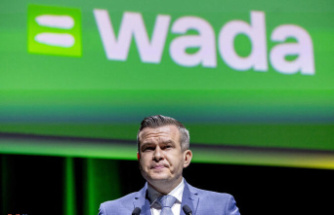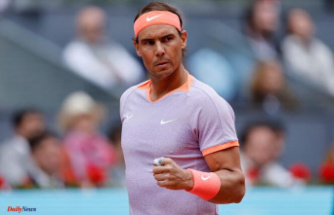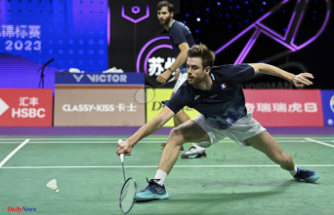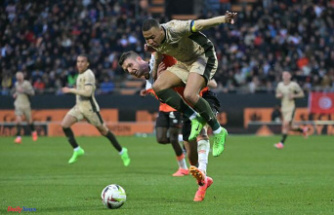There is no denying the closer position is one of the most volatile in all of baseball. If a ninth-inning specialist isn’t getting the job done, his manager has a few other bullpen arms he probably can use. Often, the position can become a revolving door.
It isn’t like that for every team, but because of that carousel potential, the fantasy baseball community has been split into those who invest heavily in elite closers and those who don’t. Count me among those willing to invest heavily.
First of all, closers do more than just get you saves. If you think that is all the value they provide, you’re doing your fantasy team a major disservice. A high-end closer will throw somewhere between 60 and 80 innings per season with a sub-3.00 ERA, and more than a strikeout per inning. Though those numbers may not seem like game-changers, understand that, without averaging those ratios into your nine-man fantasy rotation, the blowups from your lower-tiered starters are going to hurt a whole lot more. Not to mention, the added strikeouts are huge for your cumulative totals. Quality closers are actually four-category contributors.
With that established, we can now look to the notion of job security.
You know who tells you to shop around for bargain-basement closers? People who have been burned routinely by closers they’ve picked up from the bargain bin. If you drafted Kenley Jansen, Zach Britton or even Cody Allen last year, you were fine. But if you drafted Shawn Tolleson, Luke Gregerson or J.J. Hoover, whoops! Not so hot. When it comes to this position, you get what you pay for, and the further down the list you go, the weaker the job security.
As you go through each team’s depth chart, you need to make a list of closers who have the strongest job security. The aforementioned Jansen and Britton make that list. Allen does as well, though the presence of Andrew Miller does push him down a bit.
But then you have Aroldis Chapman, Mark Melancon, Craig Kimbrel and Wade Davis to add in there as well as guys like Roberto Osuna and Edwin Diaz. Some of these guys have been well-established closers for some time, while a guy like Diaz, who is new to the position, doesn’t have any real competition for the job.
It isn’t just about studying the player, it also is about studying the team’s overall bullpen. If the pen is lacking quality arms, chances are, your guy is safe, barring some catastrophic meltdown.
Fantasy owners who start fishing in the closer pond late are looking at situations like Cincinnati, where manager Bryan Price already has stated he is using a four-headed monster for the ninth. They’re looking for Jim Johnson, who has been yanked from the job for poor performance every single time he gets the gig. Or maybe a little Huston Street, whose trips to the disabled list can help you set your watch? There are quite a number of less-than-stellar situations out there. It is your job to find and avoid them.
If you still need convincing beyond everything you’ve just read, then let’s talk about the in-season work.
The fantasy owner who invests in Britton and Diaz during his draft is cruising down Easy Street. Saves are locked up, strikeouts are augmented and ratios are stabilized. That owner can now turn his waiver-wire attention towards more pressing needs, like a better starting pitcher or injury replacements. If there is a rookie call-up he wants, he has got either the waiver priority or the FAAB budget (free-agent acquisition budget) to chase that player.
The guy who drafted Neftali Feliz and two of the Reds relievers is going to spend his entire season chasing saves on the waiver wire. Neither Reds player will do enough to help, and Feliz’s job lasts only as long as he can keep the ball in the yard — a feat few people are confident he will master.
Now that waiver priority or FAAB budget is blown on every reliever who even sniffs a save opportunity. How many times have you seen that? Some random relief pitcher gets a save on a team with a sketchy closing situation, and suddenly half your league is looking to grab him the next day. If you don’t get him, rinse and repeat the following week. If you do, how confident are you that he is going to hold the job for the duration of the season? Exactly.
Meanwhile, the owner who is garnering save after save thanks to investing in Chapman and Osuna is grabbing every breakout player missed in your draft. He is fortifying his roster with injury replacements and top call-ups throughout the year. He is looking to be proactive on the waiver wire, not reactive, and that is how fantasy championships are won.
When you sit down and formulate your draft strategy this season, understand that dismissing the elites at any position is a mistake.
You obviously can’t draft them all, so you’re forced to pick and choose like anything else in life. Sacrifice one to fortify with another. Just make sure you’re sacrificing the right one. You can find all sorts of players comparable to a Dexter Fowler or Ian Kennedy on your waiver wire throughout the season. You won’t find another Aroldis Chapman.
Howard Bender is a senior writer at FantasyAlarm.com and the host of “Overtime” on SiriusXM Fantasy Sports Radio each Saturday from 11 p.m.-1 a.m. Follow him on Twitter @rotobuzzguy. For more from Fantasy Alarm, listed weekdays on SiriusXM from 4-6 p.m.
Our editors found this article on this site using Google and regenerated it for our readers.












